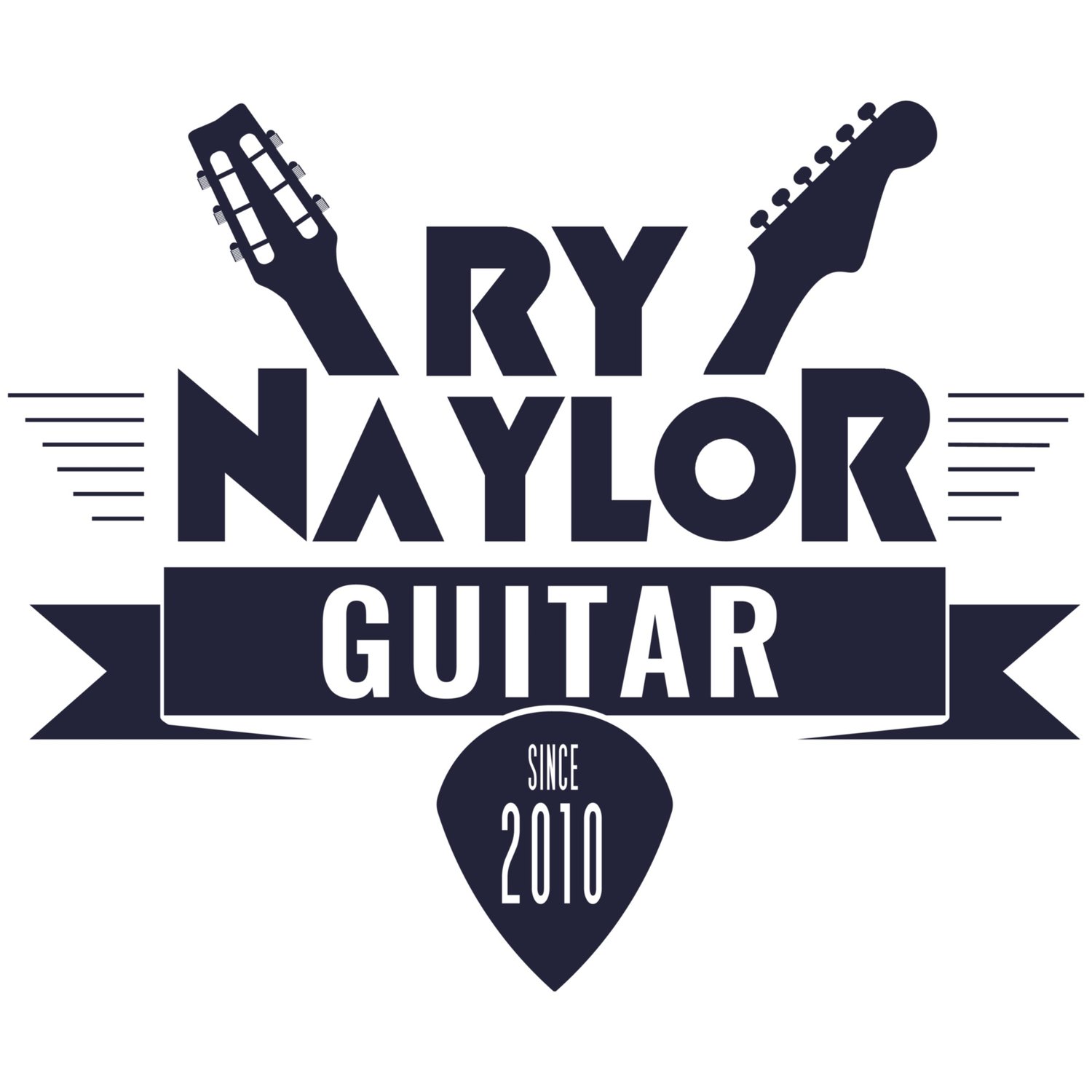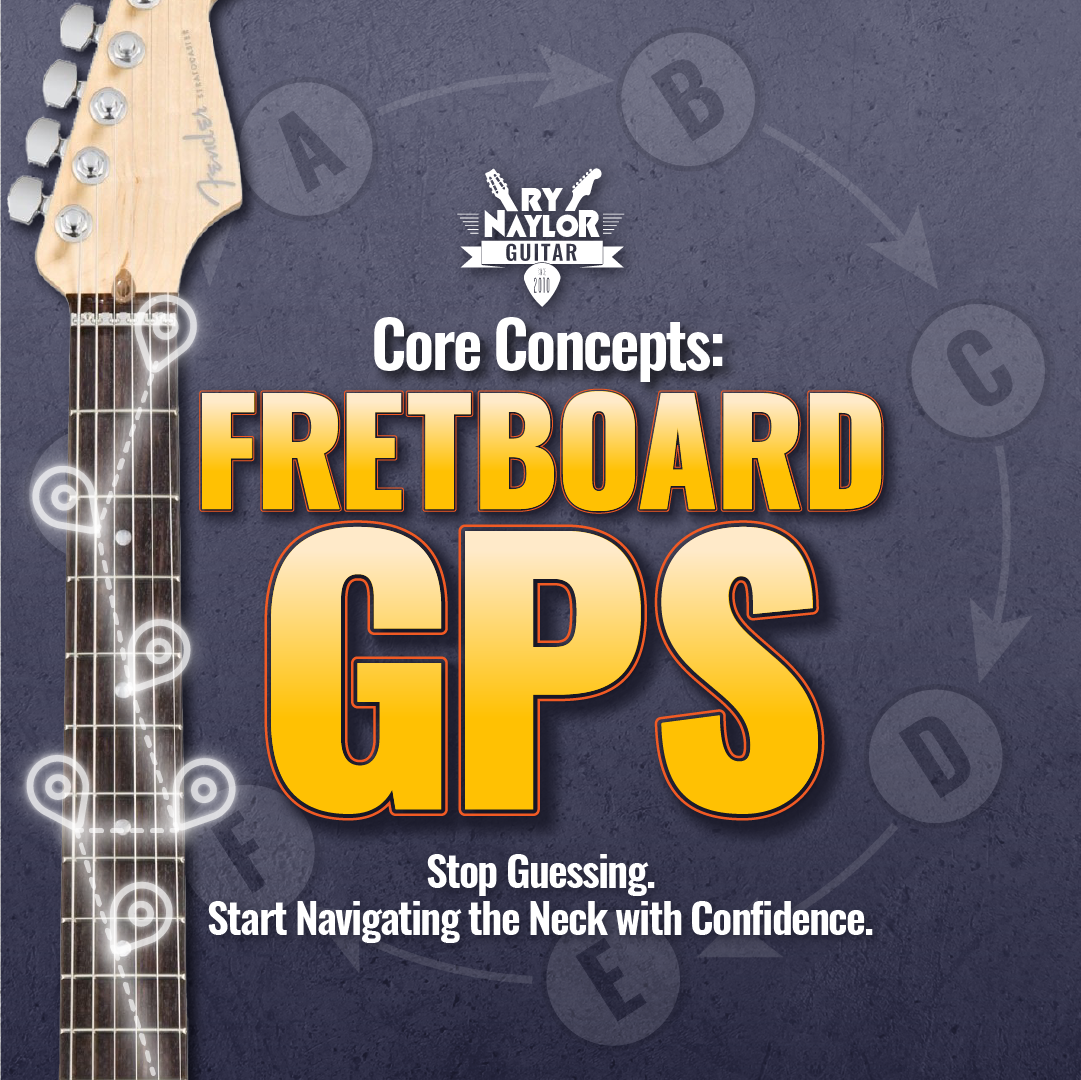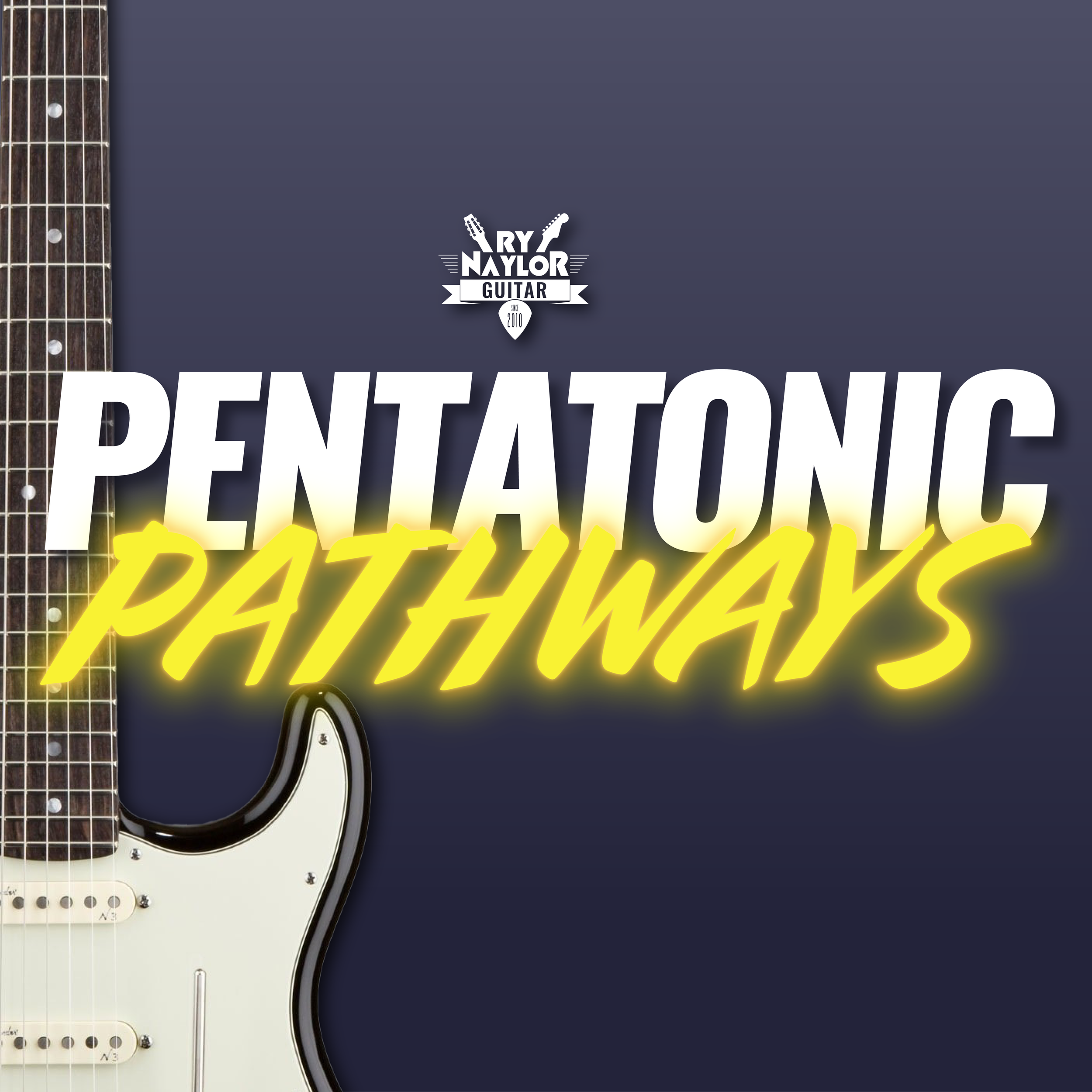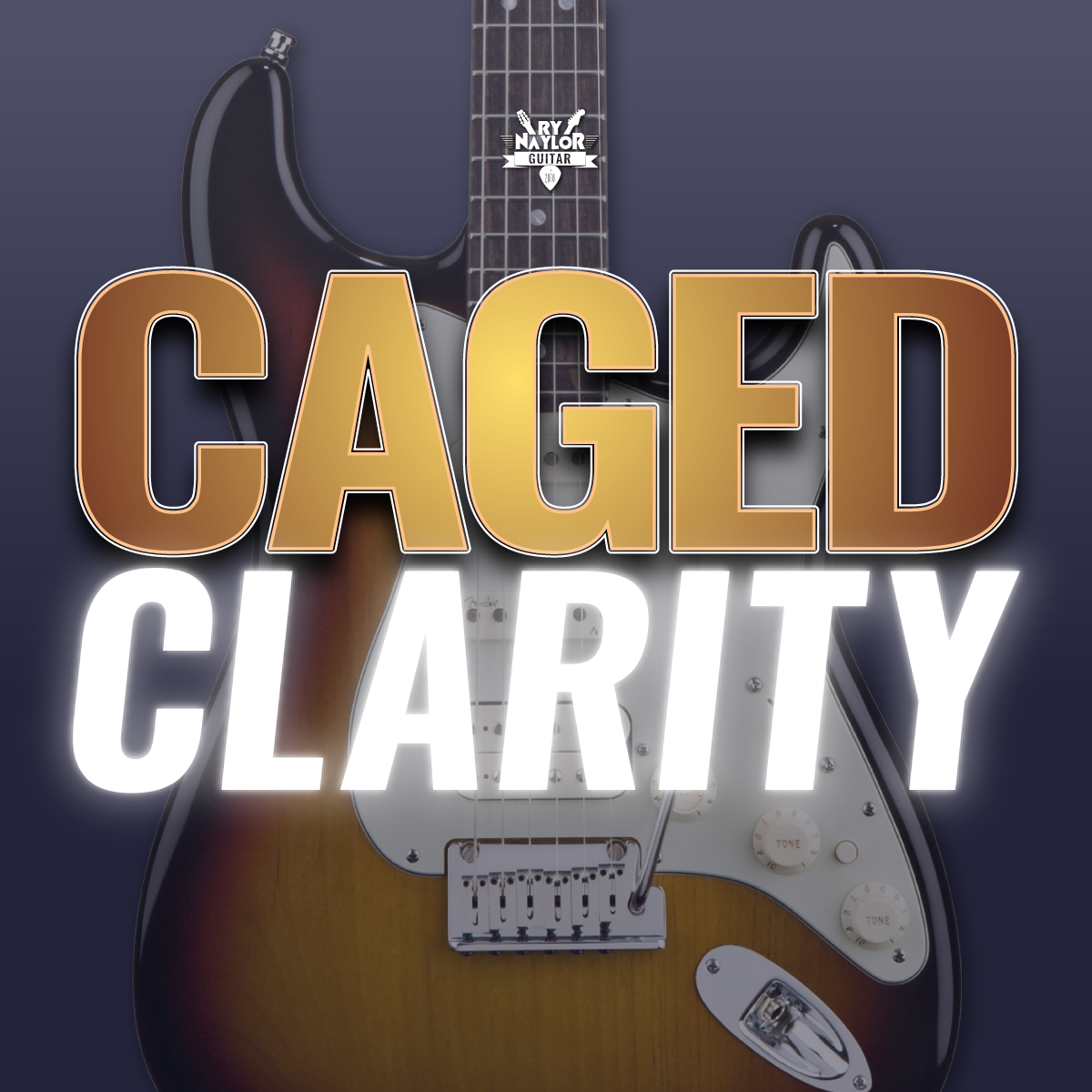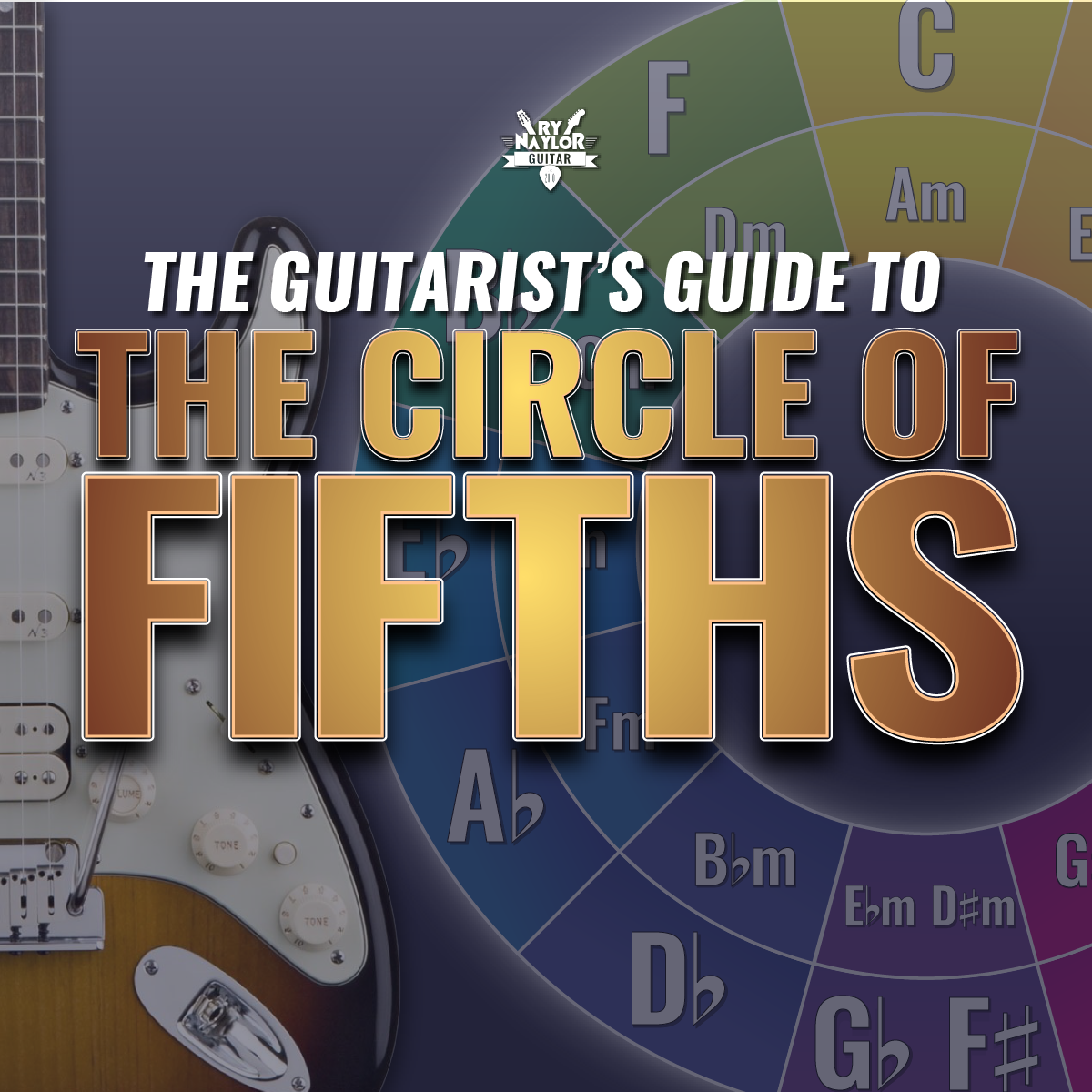The BEST way to learn Pentatonic Scales | How to Connect Pentatonic Patterns
/What is the best way to learn pentatonic scales on the guitar? And how can we connect pentatonic scale patterns across the fretboard? Simples…learn them up and down a single string!
First up, we need to establish the key/Root note. In this guitar lesson, I'm playing in the key of E minor, using the E minor pentatonic scale.
Side note : Make sure you give the scale some musical context as you learn it. That can be laying down a bass note of the root, a power chord, a minor chord, minor 7th or even a full progression in the key of the scale. You want to hear each interval of the scale against a chord to work out what sounds good to your ear.
We're working scales on one string, but we're going to want to work on each of the six strings individually, so we need to be able to easily locate the root note (E) on each of the strings.
The root note is the first note (of 5...pentatonic = penta-tonic = five-note). The second note of the minor pentatonic scale is the minor 3rd (or 'b3') (G). From any root note, the minor 3rd is always found 3 frets higher on the guitar fretboard.
The minor 3rd is a chord tone (found within a minor chord (R-b3-5)) so it's a very important note to be able to locate as it'll sound good over the minor chord.
The third note of the minor pentatonic scale is a perfect 4th ('4') (A) found a whole step (2 frets) above the minor 3rd. It's not in the minor chord so not the best note to sit on when soloing, but it's a whole step away from a better note, the perfect 5th.
The fourth note is a perfect 5th ('5') (B) which is another chord tone, so great for soloing. Being a whole step above the 4, you can slide in or, better still, bend into the 5 from the 4 with a whole step (or full) bend.
The fifth and final note of the minor pentatonic scale is a minor 7th (b7) (D) always found 3 frets above the 5. This is another strong note as it is a chord tone of a minor 7th chord (R-b3-5-b7), and will bring the minor 7th sound over a minor chord (e.g. Em).
From the b7 we have another whole step (2 frets) back to the root note at the octave. Again, being a whole step you can always bend from the b7 into the root note.
Say as you play. As you learn the position and the sounds of each note in the scale, say the intervals. To practise pentatonic scales, choose a root note then spend a couple of minutes playing up and down each string.
You can run from the root note or (if you scale and fretboard knowledge is up to it) work from the lowest note of the scale on the given string.
Spending some time with the scale horizontally will enable you to connect pentatonic patterns and move effortlessly in and out of the pentatonic boxes and all those licks that you've learnt!
To help you in your practice, I have a scales chart PDF available to all my supporters on Patreon.
Don’t forget to check out my free eBook ‘Fretboard Mastery’ and, if you’re looking to go deeper into guitar music theory, you should definitely check out my premium video course ‘Guitar Rut Busters: Essential Theory’.
